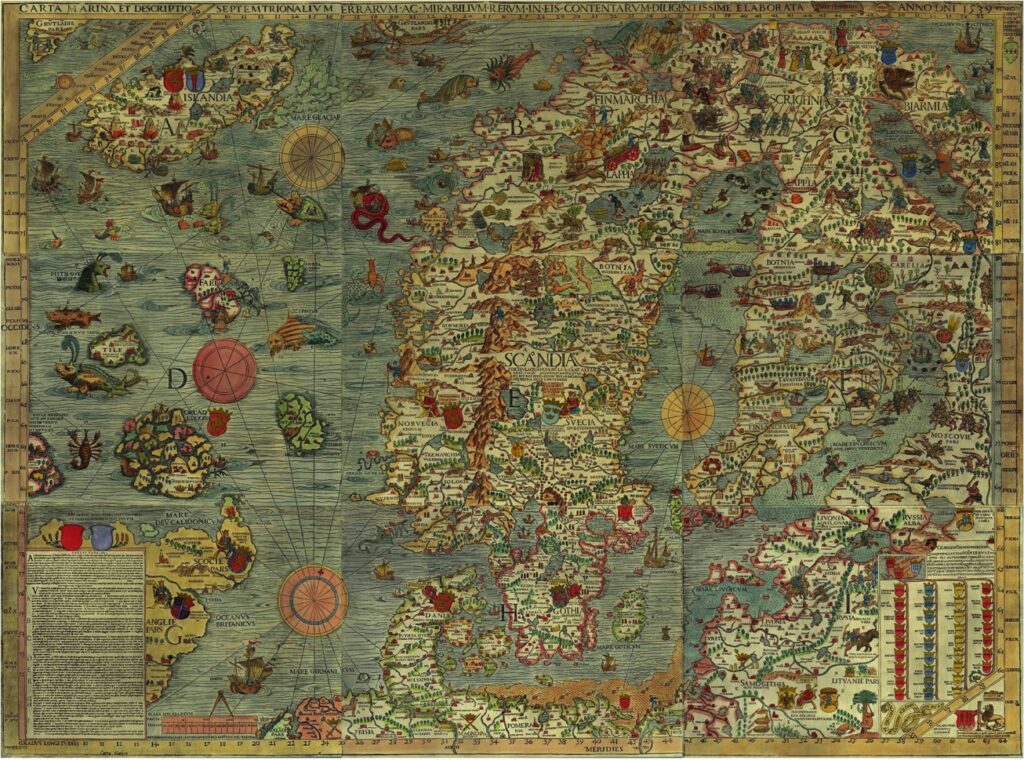Lighthouses History

Lighthouses through the ages
In the days when there were no lighthouses, people tried not to lose sight of the coast while sailing on the water bodies. During the dark, fires were lit on higher places so that those who stayed at sea longer could find their way home. Piles made of stone or earth were set under the fires. With the development of maritime trade, the carrying capacity of ships and the increase of risks, the need for lighthouses permanently operating during the dark on the coast grew. The construction structure and appearance of lighthouses changed along with the progress of economy and science. Throughout the centuries, the constructional development of lighthouses has been aimed at providing seafarers with a light that is visible from afar and easily distinguishable from other lighthouses. The world's first known lighthouse was built on the island of Pharos near the city of Alexandria by Ptolemy Soter, the ruler of Egypt, around 290 BC. The lighthouse became a guide for ships sailing from the Mediterranean to Alexandria. The architect Sostratus, the builder of the Pharos lighthouse, erected a gigantic structure for that time — a lighthouse over a hundred meters high in twenty years. For fifteen centuries, this sign showed the way to seafarers. However, repeated earthquakes did their job. The lighthouse was finally destroyed in the 14th century. The Romans built dozens of lighthouses along the Mediterranean Sea. The most famous lighthouse in existence today is considered to be the Heracles lighthouse located at the entrance to the port of La Coruna on the northwest coast of Spain. It was built by the Romans in the second century. On the outer walls of the tower, you can still see signs of ramps used to bring heating material up. The building has been restored many times. The construction of lighthouses has been considered important and led by several rulers. The French king Henri IV had a luxurious Renaissance-style lighthouse built at the mouth of the Gironde river, seven kilometers from the beach, instead of the Cordouan lighthouse that had existed several centuries earlier. It was built between 1584 and 1611. The Cordouan Lighthouse is the oldest operating lighthouse in France and is known to be the first lighthouse in the world to be built directly on the seabed. The architect and builder of the lighthouse was Louis de Foix. Already in 1862, this lighthouse was included in the list of historical monuments of France. The development of the Hanseatic League in the 13th and 14th centuries gave impetus to the birth of lighthouses along the North Sea and the Baltic Sea. century. The first watchtower and lighthouse was built for the port around 1300 at the mouth of the river Elbe on the island of Neuwerk. The first reports of setting up beacons and lighthouses for the city of Lübeck in Travemünde date back to the 13th and 14th centuries. Since then, there have been reports of a fire beacon on Cape Falsterbo, the southern tip of the Scandinavian peninsula, which helped ships pass through the Danish straits.
Naissaare tuletorn 2002. Leo Käärmanni foto.
Narva-Jõesuu tuletorn. Kaido Haageni foto.
Mehikoorma tuletorn 1938. Eesti Meremuuseumi kogud.
Narva-Jõesuu tuletorni valgusseade. Jaan Vali kogu.
Vaindloo tuletorni metallist keerdtrepp 2005. Jaan Vali foto.
Kihnu malmtuletorni latertnaruum. Jaan Vali foto.
Tuletorni laterna joonis. Eesti Meremuuseumi kogud.
Katlaplekist tuletorni kokkumonteerimine (Baženov 1884).
Ristna tuletorn u 1910. Jaan Vali kogu.
Malmdetailidest tuletorni kokkumonteerimine (Baženov 1884).
Tahkuna tuletorn u 1980. aastal. Lembit Sepa kogu.
Sõrve tuletorn u 1900. Eesti Meremuuseumi kogud.
Corduani majaka kaguvaade. 1696. a.
Corduani majaka ristlõige 17. saj. Prantsuse Rahvusarhiiv.
La Coruna sadama sissesõidul asuv Heraklese tuletorn Hispaania loode- rannikul. A. Deroy. Graveerinud 1875. a